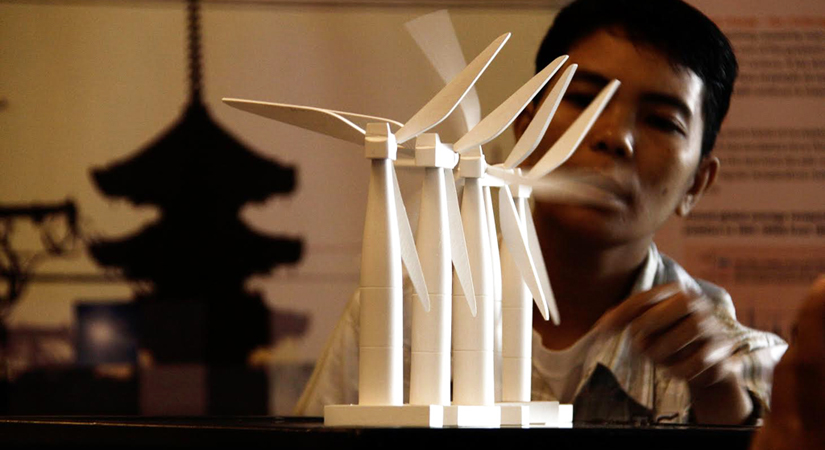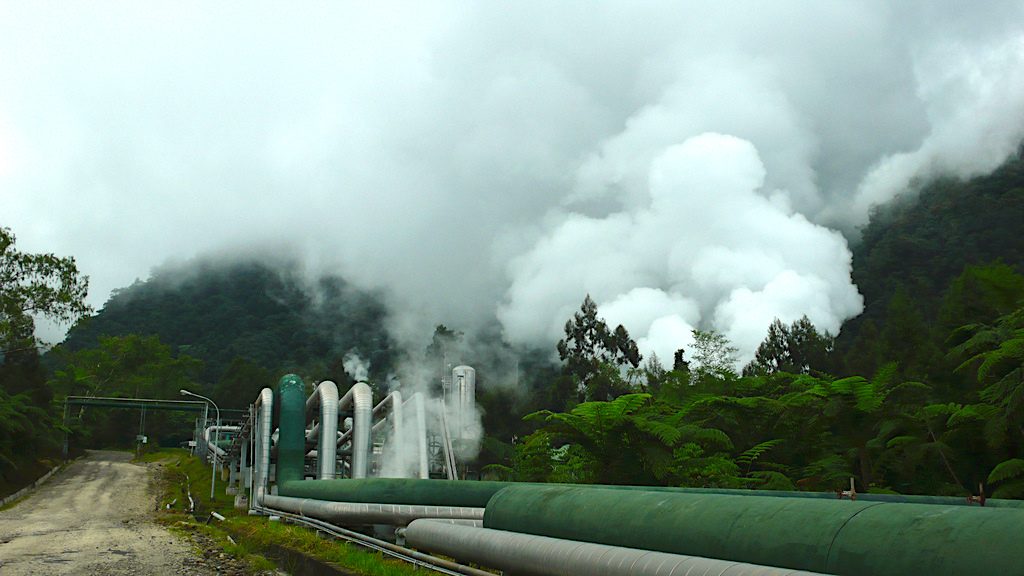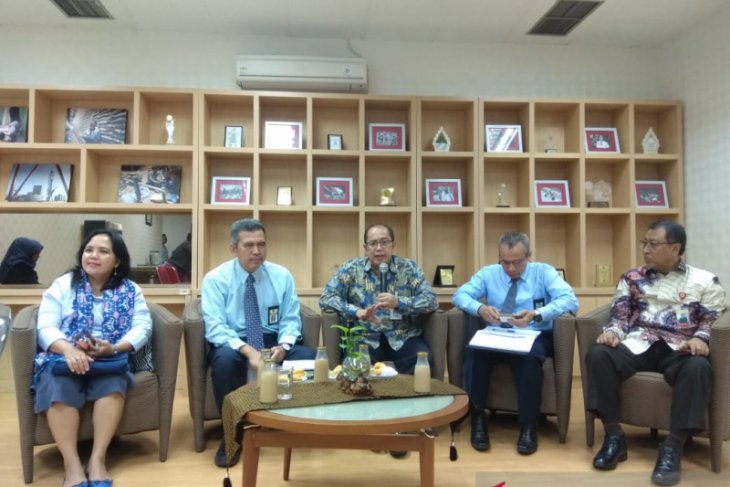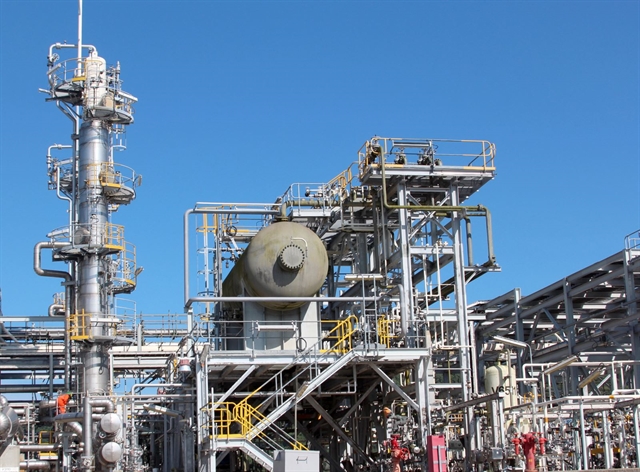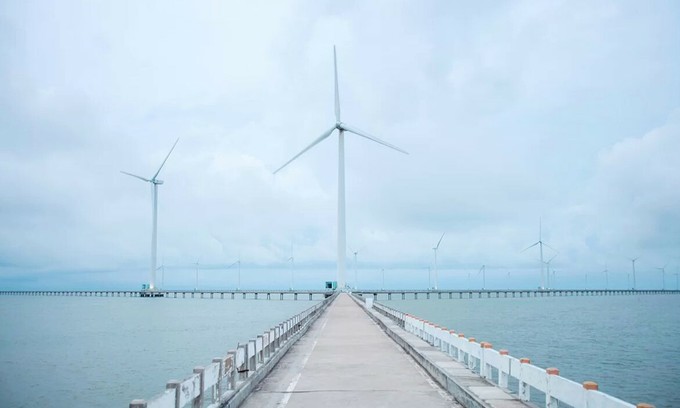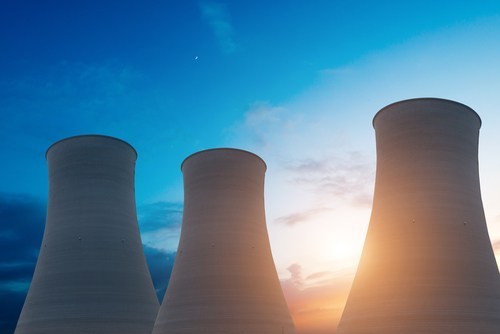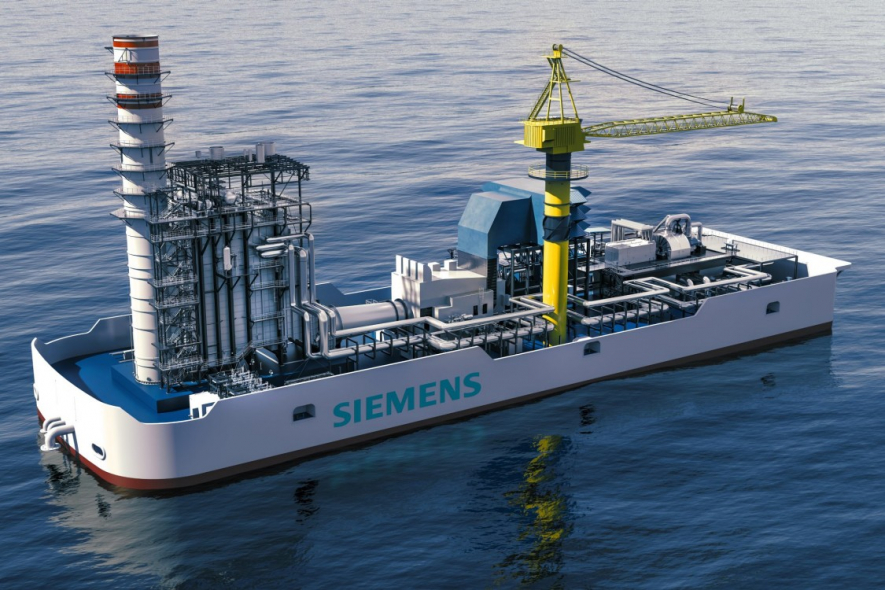HEAVY RELIANCE on imported fossil fuels, high financing costs and uncompetitive market structures have contributed to make electricity prices in the Philippines among the highest in Southeast Asia, according to a report of a global research institute.
“If renewables enter the market, they have the potential to cut wholesale power prices by 30% and could dramatically change the structure of the market,” the Institute for Energy Economics and Financial Analysis (IEEFA) said in a report released on Wednesday.
The report by Sara Jane Ahmed, energy finance analyst at the institute, cited these as among the three key trends in understanding the current outlook of the Philippine power sector and how its prospects have improved for the country’s energy transition.
The trends include legal challenges that have encouraged policies to spur competition through transparent bidding and to reduce electricity prices for consumers and industry may bring real competition.
IEEFA also pointed to Manila Electric Co. (Meralco), the country’s largest power distribution utility, as setting the trend for how it is adapting to market pressures. It said the company, which is also an independent power producer, could emerge as “a big winner or a damaged laggard.”
On electricity prices, it said the Philippines’ electricity cost at P10 per kilowatt-hour (/kWh) has remained relatively high against global standards.
For instance, a 167.4-megawatt (MW) coal-fired power plant was expected to deliver P3.96/kWh based on the agreed price in a 2016 power supply agreement (PSA). But on average, the plant delivered P2/kWh above the agreed price, sometimes reaching P7.11/kWh.
“This variance in price is currently permitted under market rules under the ‘pass-through provision’ which allows fluctuations in fuel price and FX (foreign exchange) rates to be passed onto consumers and industry,” it said.
As a result, from May 2018 to May 2019, the unpredictability of coal prices led to consumers paying more than P788.7 million compared to what was originally estimated.
The entry of renewables could change this situation, the institute said, citing the feed-in-tariff and prioritized dispatch for renewable energy sources at the wholesale electricity spot market that have led to a reduction in prices by P1.47/kWh for consumers.
The reduced prices led to savings or avoided costs of P44.3 billion from November 2014 to October 2015.
“New catalysts for change are coming, not from the marketplace, but from legal challenges which have validated the government’s intention to spur competition through transparent bidding to reduce electricity prices for consumers and industry,” the IEEFA report said.
It said more retail competition is in the cards and the role of grid operators can also be forced to change as they may be barred from passing on fuel price and foreign exchange risk.
“This is as a result of a challenge by consumer groups in 2017 to the Energy Regulatory Commission (ERC) focused on the transparency and competitiveness of the process used to sign PSAs from 30 July 2015 onward,” it said.
On May 6, 2019, the Supreme Court ruled in favor of the consumer groups, effectively voiding all PSAs that were submitted after Nov. 5, 2015, including the 3.5-gigawatt (GW) Meralco coal pipeline, mainly backed by large corporate players including company-owned subsidiaries and affiliates.
IEEFA said the best way to monitor current trends is to track Meralco. It said the company is changing its procurement style to better manage the risk profile of coal plants.
“Meralco has vertically integrated across the power sector, dominating the distribution and retail sectors, and is formally entering the generation sector with three coal power plants in its pipeline through subsidiaries,” it said.
Last month, the company issued three procurement requests to source 2.9 GW of generation capacity through auction using a two-part electricity tariff composed of fixed and variable elements with a minimum of 200 MW per bid with high efficiency, low emission technology.
“These three major trend-setters have the potential to reshape the economics of power in the Philippines,” it said, adding that the timing is highly sensitive because of the financial risk associated with the pipeline of new coal-fired capacity.
“Not only could changing economics impose losses on investors, they could blight the main Luzon grid with stranded assets that would pre-empt market innovation and burden the economy for decades to come,” it said.
It said making smarter policy decisions about the true cost of long-lived power asset investments like Meralco’s coal pipeline could be crucial to the competitive potential of the Philippine economy.
“One important reform would be to analyze the risk profile of take-or-pay imported fuel agreements. They represent fixed long-term obligations that should be balanced against the Philippines’ unique potential to benefit from newer technologies that are just coming to market,” it said.
IEEFA conducts global research and analyses on financial and economic issues related to energy and the environment. It mission is to accelerate the transition to a diverse, sustainable and profitable energy economy.
Separately on Wednesday, Meralco said the PSA signing for contracts to supply its 500 MW of mid-merit capacity is projected to bring total savings to consumers of around P13.86 billion per year, or a rate reduction of P0.41 per kWh.
The contracts take effect on Dec. 26, 2019 for a term of five years.
Ray C. Espinosa, Meralco president and chief executive officer, said that prices resulting from competitive selection are significantly lower than the average generation cost today of around P5.88/kWh, inclusive of value-added tax.
“The contracts’ all-in rate already includes line rental and VAT and the cost of replacement power for all plant outages. The generator companies will also be liable to pay a fine if they are unable to deliver power, which will be used to reduce the generation cost to the consumers,” he said in a statement.
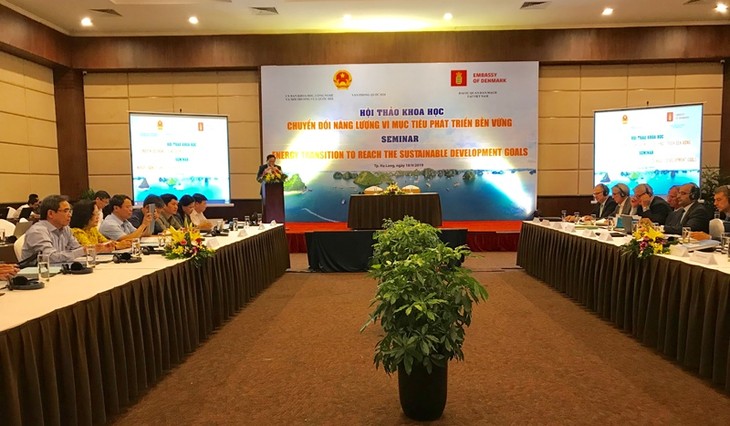 The seminar on “Energy transition to reach the sustainable development goals”
The seminar on “Energy transition to reach the sustainable development goals” 

